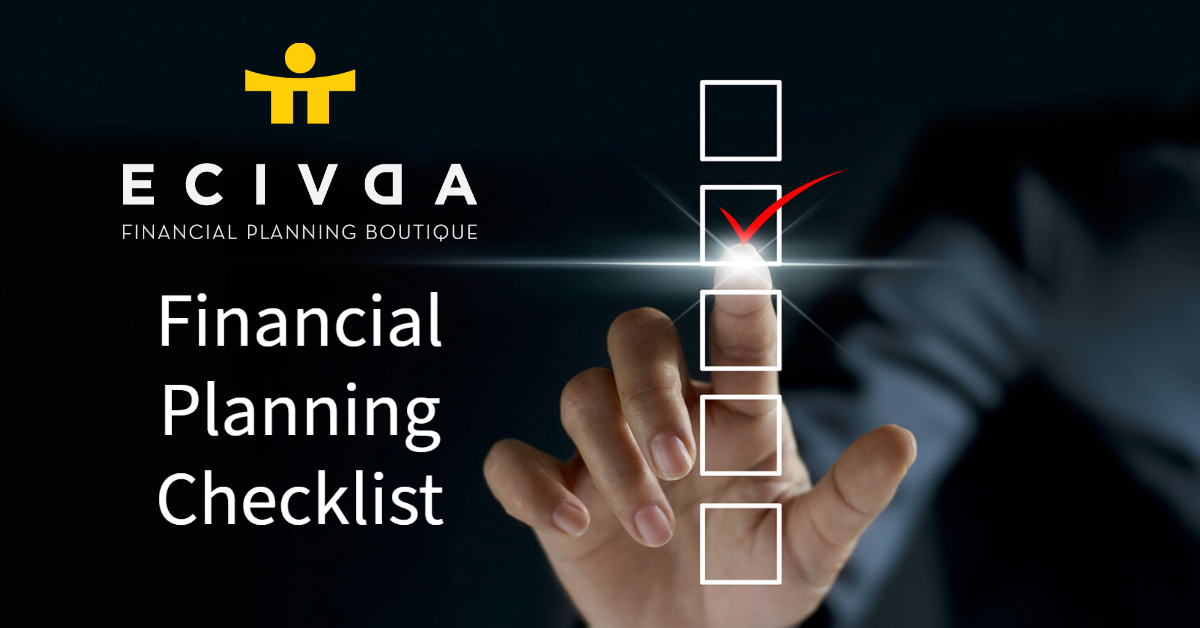The concept of investment is no longer alien and almost everyone now has one form of investment or the other tucked away somewhere. Even new babies now have investments. Just as there is no age limit to investing so is there no limit to the extent of time you can hold your investment. You can hold your investments for decades and reap multiple profits on them. It is not all about having a long-term investment portfolio; there is a science to it also. It is important to be strategic in your choice of investment portfolios. Everyone has a risk appetite, and it is important to choose an investment portfolio that conforms with your risk principles. Another key factor to having a healthy long-term investment portfolio is adapting your investment approach to the changing dynamics of the financial market.
Secrets To Creating a Long-term Investment Portfolio
When it comes to having an investment portfolio, it is important that you make the right decisions. This is what will ensure a healthy investment portfolio. If you are looking to grow your wealth over a 20-to-25-year span, you should try the following tips:
- Select The Appropriate Asset Allocation: At this stage, you use your current financial situation to determine how you want to spread out your investment portfolio. To successfully do this, you must consider your age, the amount of capital you want to invest, and your risk appetite. Your risk appetite is important because when it comes to investment, you will make losses at one point or the other. So, depending on your risk appetite, you should choose an investment portfolio that is in line with your risk appetite. You should also consider your current expenses as you do not want to invest all your money and be left with nothing to settle your bills.
- Structuring Your Portfolio: After determining how you want to allocate your investment portfolios, the next thing to do is to determine how much goes into each portfolio. This is where you determine how much goes into bonds, stocks, and cryptocurrencies. You can also go further by further dividing your portfolio allocations. For example, if you have an equity portfolio, you may decide to spread it across different industries to minimize your risks. You can also spread your bond portfolio into short-term bonds and long-term bonds.
- Monitoring and Reviewing: After successfully structuring your investment portfolios, you need to keep an eye on them to make necessary adjustments where necessary. The fact that they are long-term investments does not mean you can abandon them and check them when you are ready to cash out. You analyze your positions from time to time and rebalance them where necessary. This is made necessary because of the constant price movements in the financial market which will make your initial trading positions change. Your current financial needs may also require you to change your position. If you have extra cash to invest, you may want to pump in more money and if you need cash, you may want to deduct from profits already accrued.
- Strategic Rebalancing: After reviewing your portfolio and there is a need to rebalance your positions to make your portfolios healthy, you need to go about it in a strategic way. In other words, while you identify a performing portfolio, you should also determine the portfolio you can use the proceeds of the performing security to buy. These are strategic decisions that must be taken carefully to ensure an all-round healthy investment portfolio over a long period.
Connect with us!

